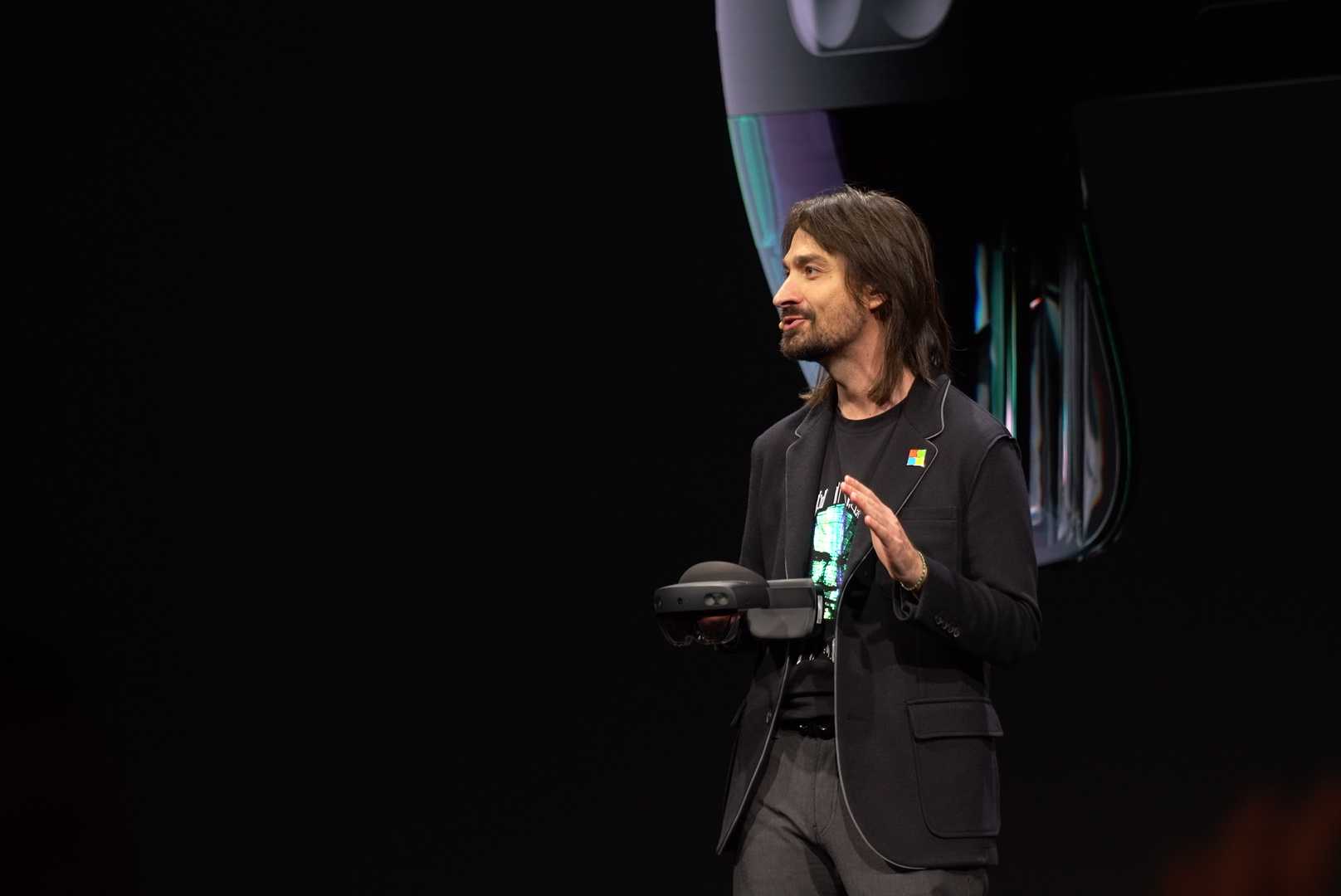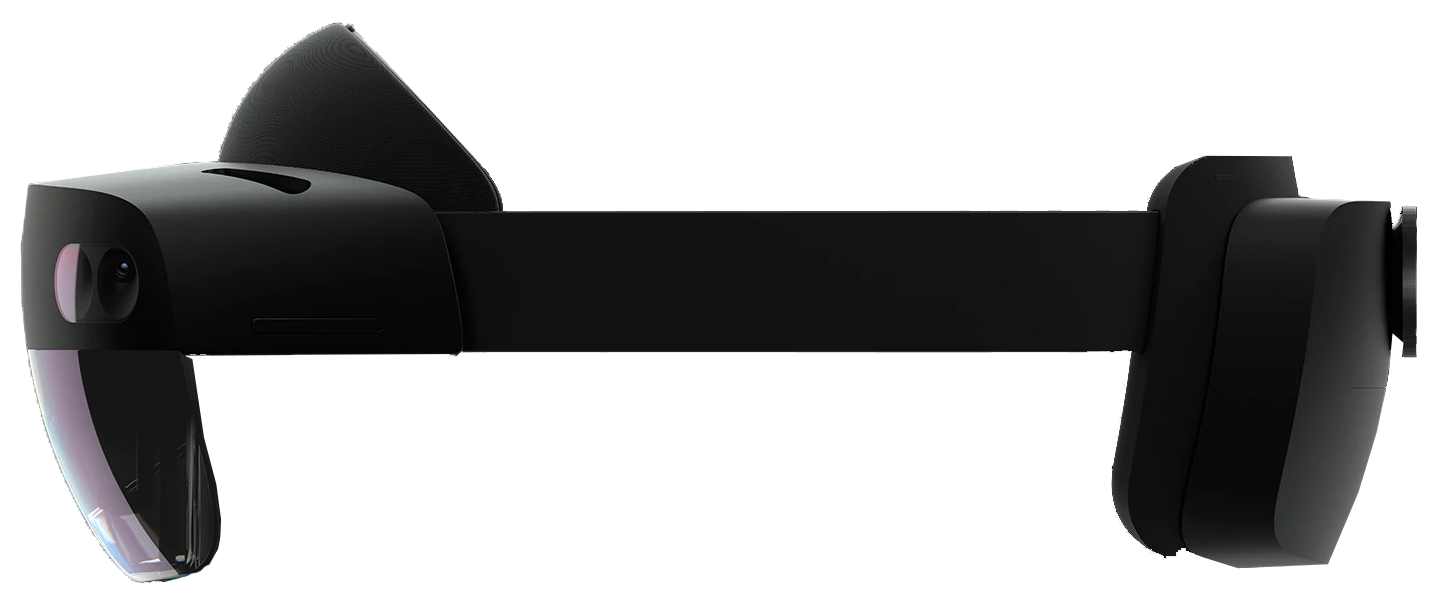Microsoft HoloLens 2 packs Snapdragon 850, smaller design, and much more
HoloLens 2 is finally official.


After years of anticipation, the second iteration of Microsoft's HoloLens augmented reality headset is now here. And judging by the new design and improvements Microsoft has made, it looks like HoloLens 2 was worth the wait.
Firth thing's first: The design of HoloLens 2 is, while still a little bulky, smaller than its predecessor. Gone is the head mount that would keep the original HoloLens in place on your head. Instead, HoloLens 2 now features much more padding in the front. On each side is an adjustable band that resembles some of the Windows Mixed Reality headsets that are already on the market. The entire unit is also made of carbon fiber and has been designed to feel like it's "floating" on your head, according to Microsoft.
On the inside, HoloLens 2 is powered by a customized version of the Snapdragon 850, which means Microsoft has made the jump from an x86 processor to an ARM platform. This should benefit battery life, but we'll have to wait until the new headset is out in the wile to get accurate numbers on that front. Despite the switch to ARM, however, Microsoft has foregone LTE connectivity. While disappointing, the company tells us that LTE wasn't something HoloLens users were clamoring for and it would have added extra bulk and impacted battery life and thermals in a negative way.
In terms of content, HoloLens 2 is designed with a wider field of view, addressing one of the biggest pain points of the original headset. It also features better anti-aliasing so projected windows and content look much smoother overall. It features better hand tracking, that lets you grab holograms in real time to resize and move around, along with bult-in eye tracking. The new design also allows the headset to be more comfortable to wear, Microsoft says.
"We have more than doubled the field of view in HoloLens 2, while maintaining the industry-leading holographic density of 47 pixels per degree of sight," Microsoft detailed in a blog post "HoloLens 2 contains a new display system that enables us to achieve these significant advances in performance at low power. We have also completely refreshed the way you interact with holograms in HoloLens 2. Taking advantage of our new time-of-flight depth sensor, combined with built-in AI and semantic understanding, HoloLens 2 enables direct manipulation of holograms with the same instinctual gestures you use to interact with physical objects in the real world."
HoloLens 2 is available for preorder for $3500, and the goal is to start shipping units later in 2019.

HoloLens, but better.
HoloLens 2 takes everything that made the original great and turns it up to 11. With a new carbon fiber body, extra padding, eye tracking, and a wider field of view, the headset should have no problem finding success among developers and firstline workers.
Get the Windows Central Newsletter
All the latest news, reviews, and guides for Windows and Xbox diehards.
Dan Thorp-Lancaster is the former Editor-in-Chief of Windows Central. He began working with Windows Central, Android Central, and iMore as a news writer in 2014 and is obsessed with tech of all sorts. You can follow Dan on Twitter @DthorpL and Instagram @heyitsdtl.

